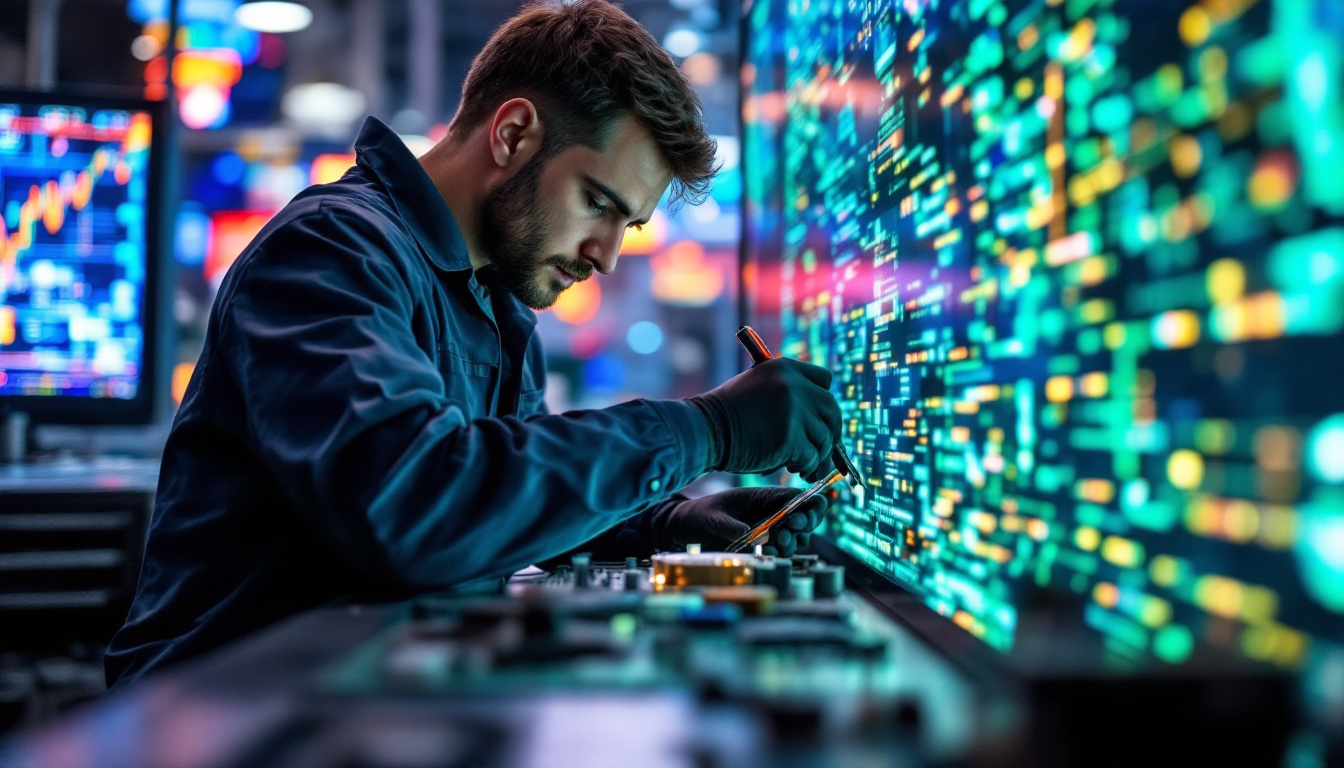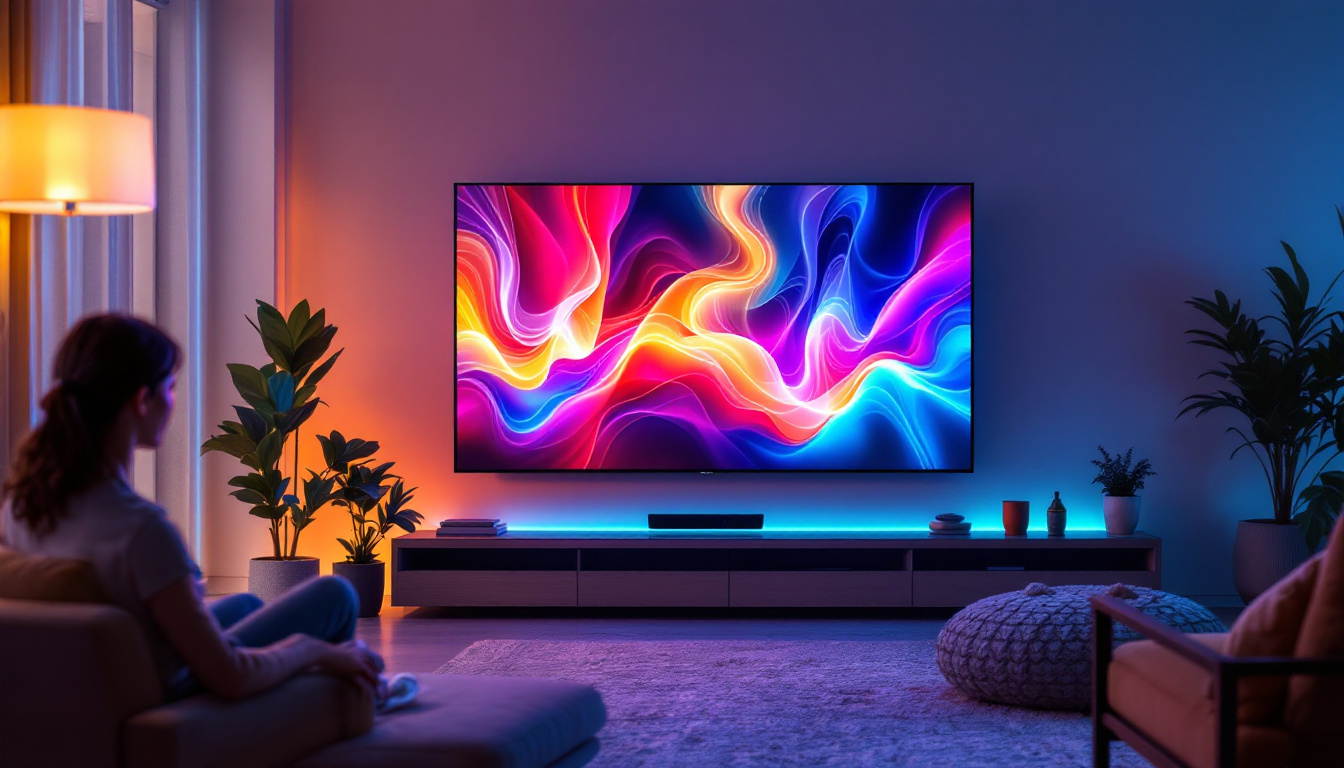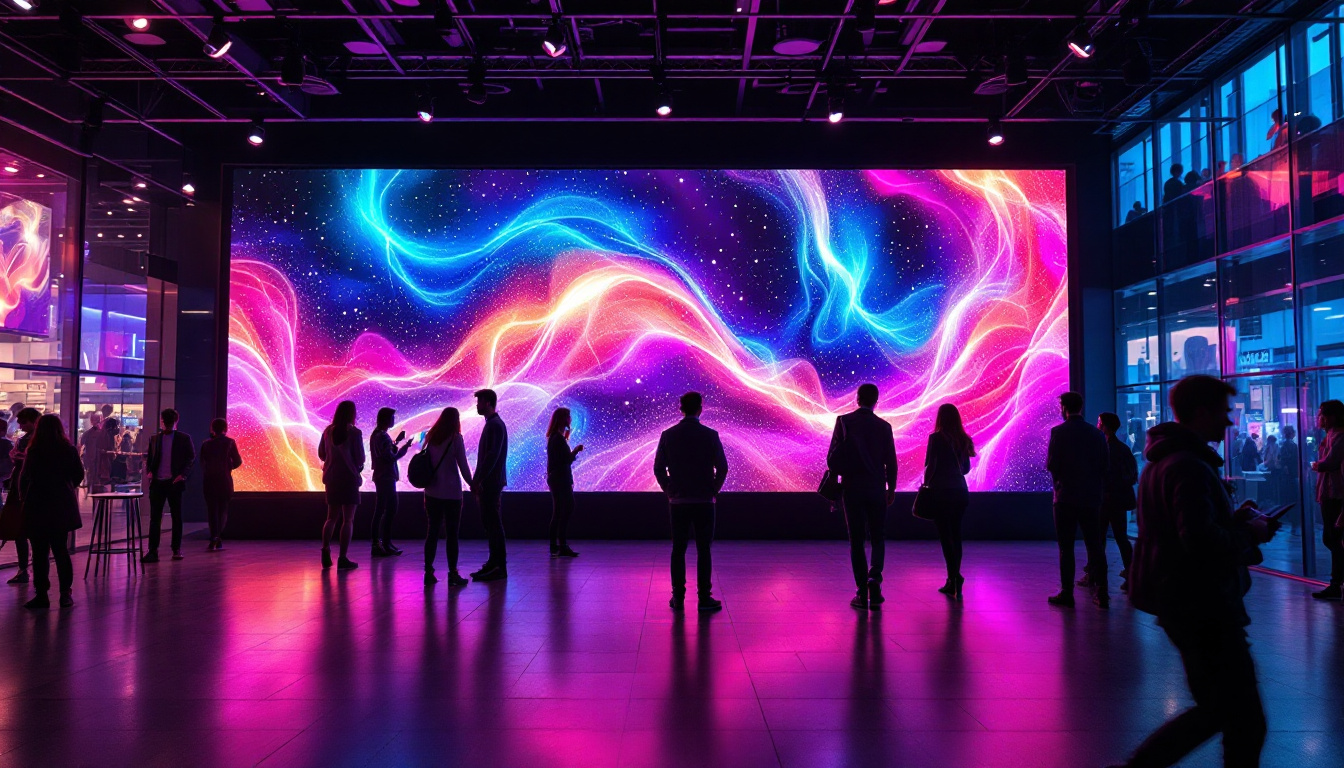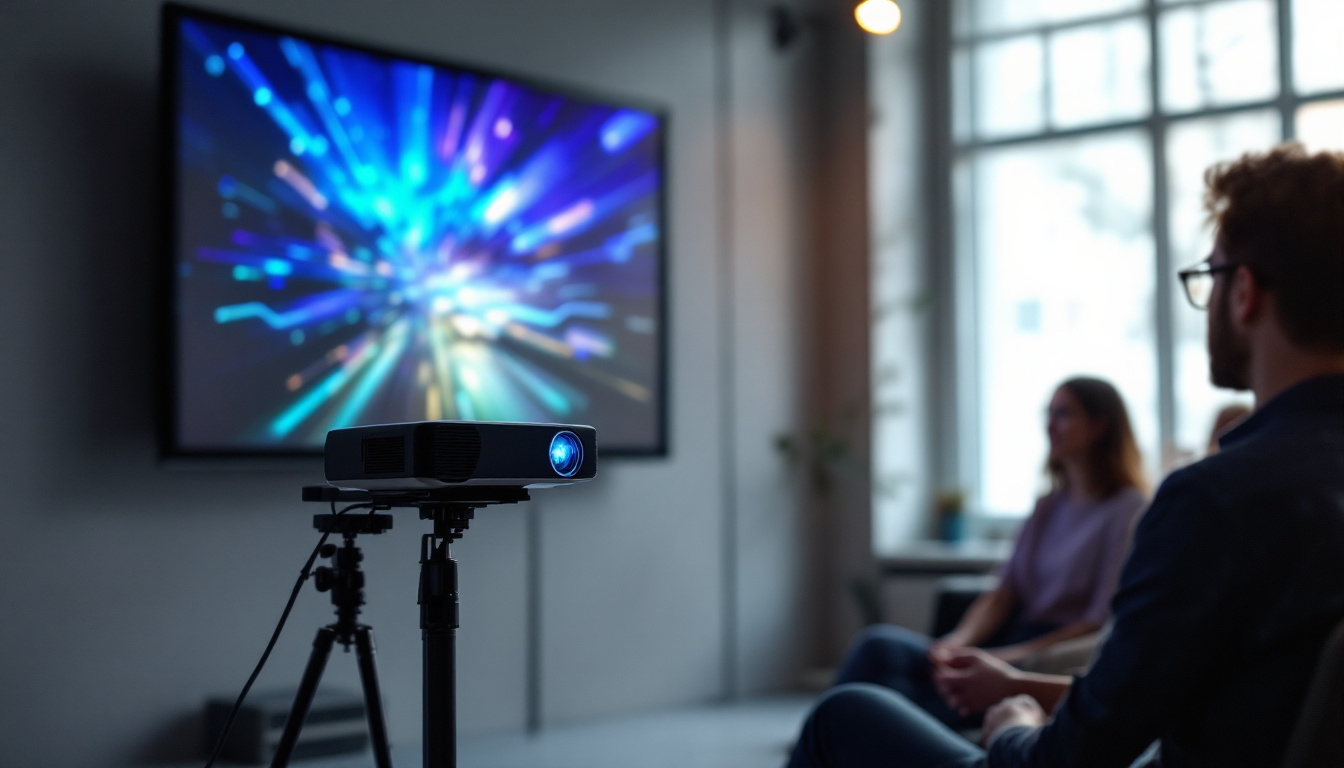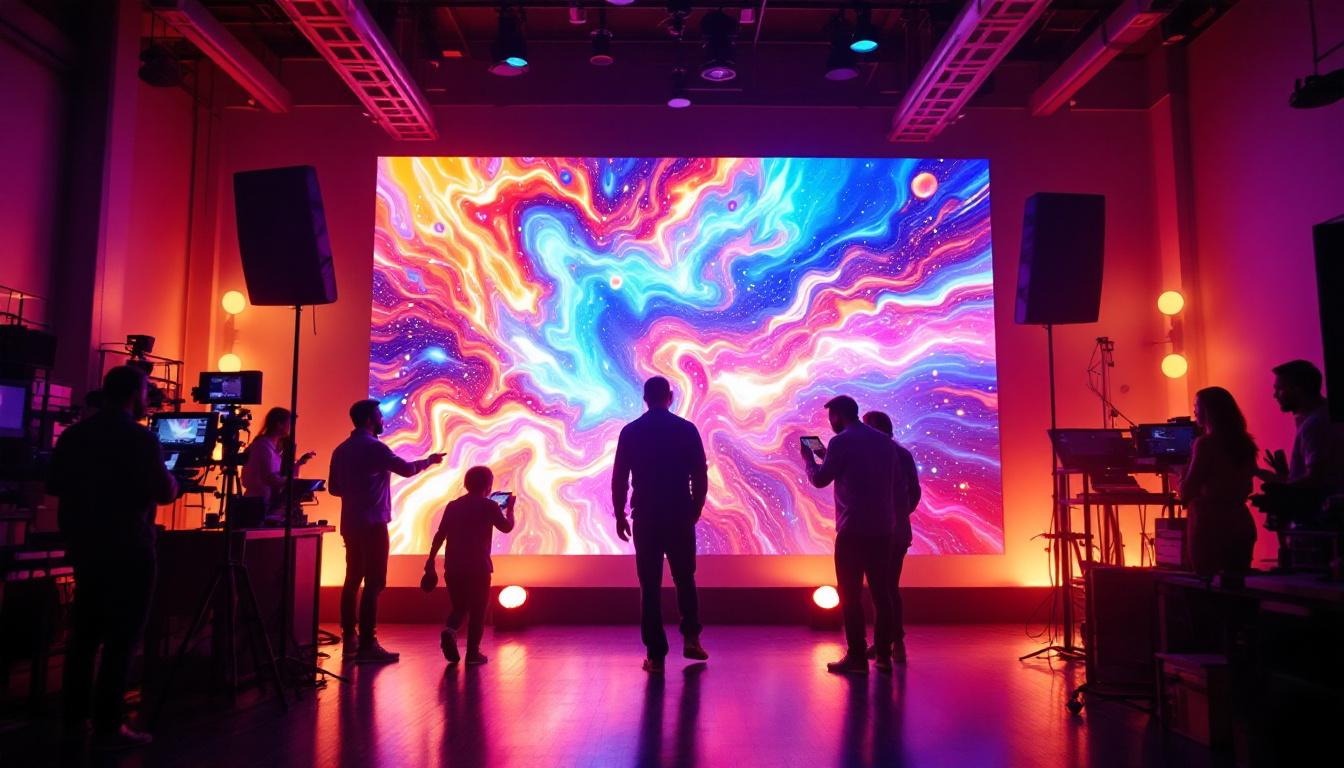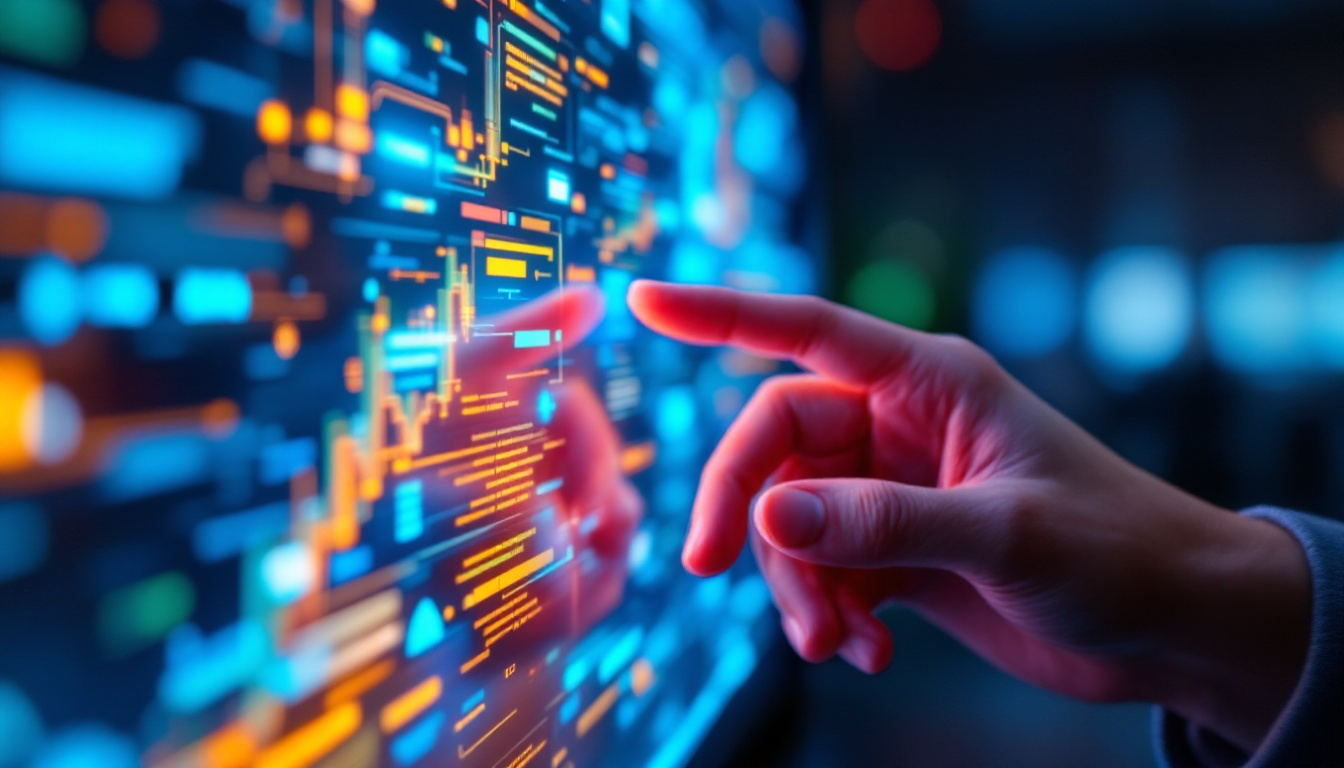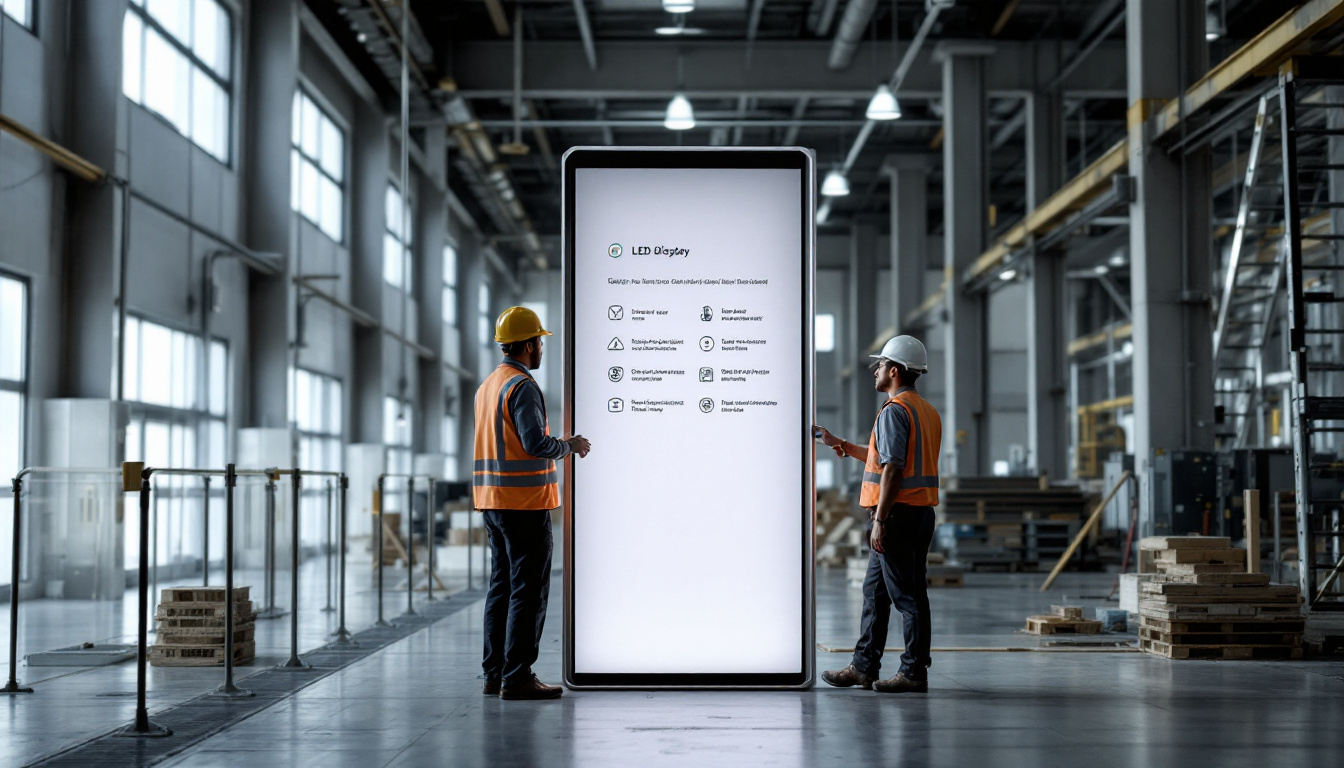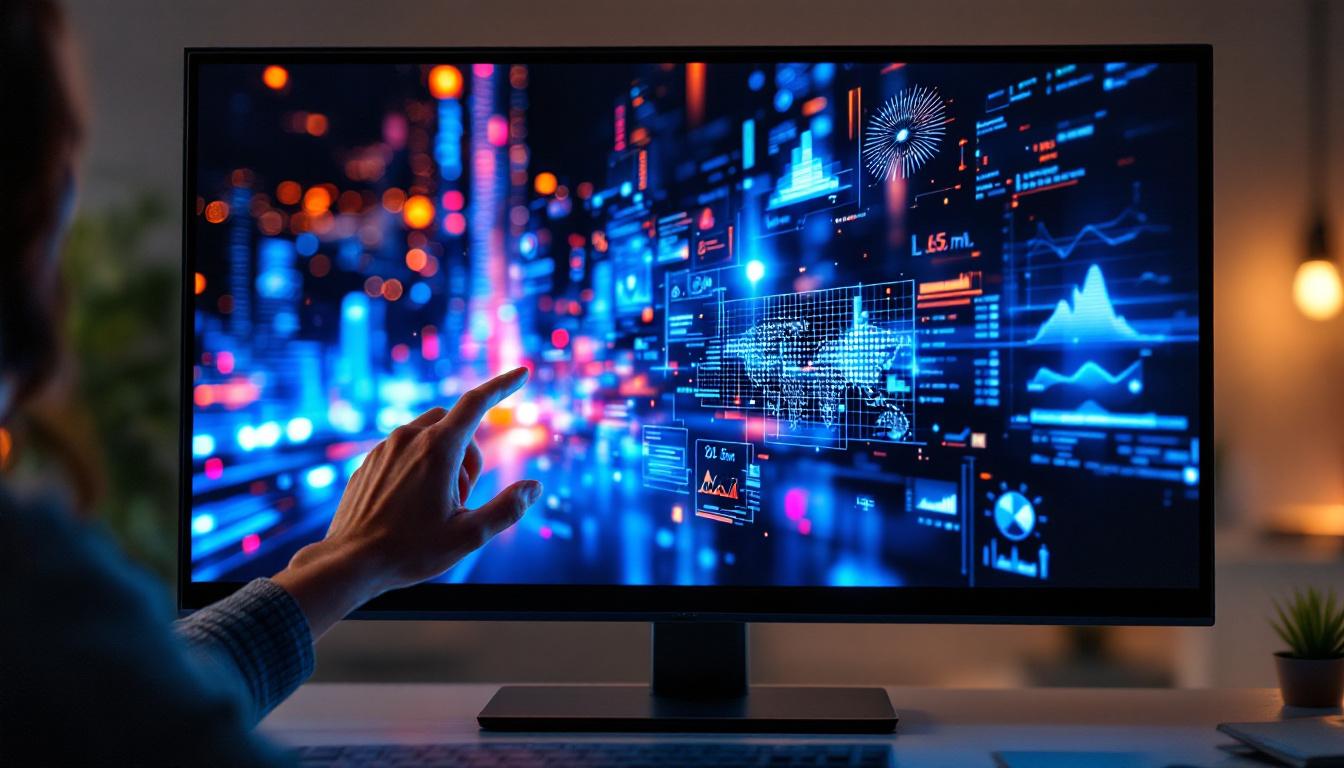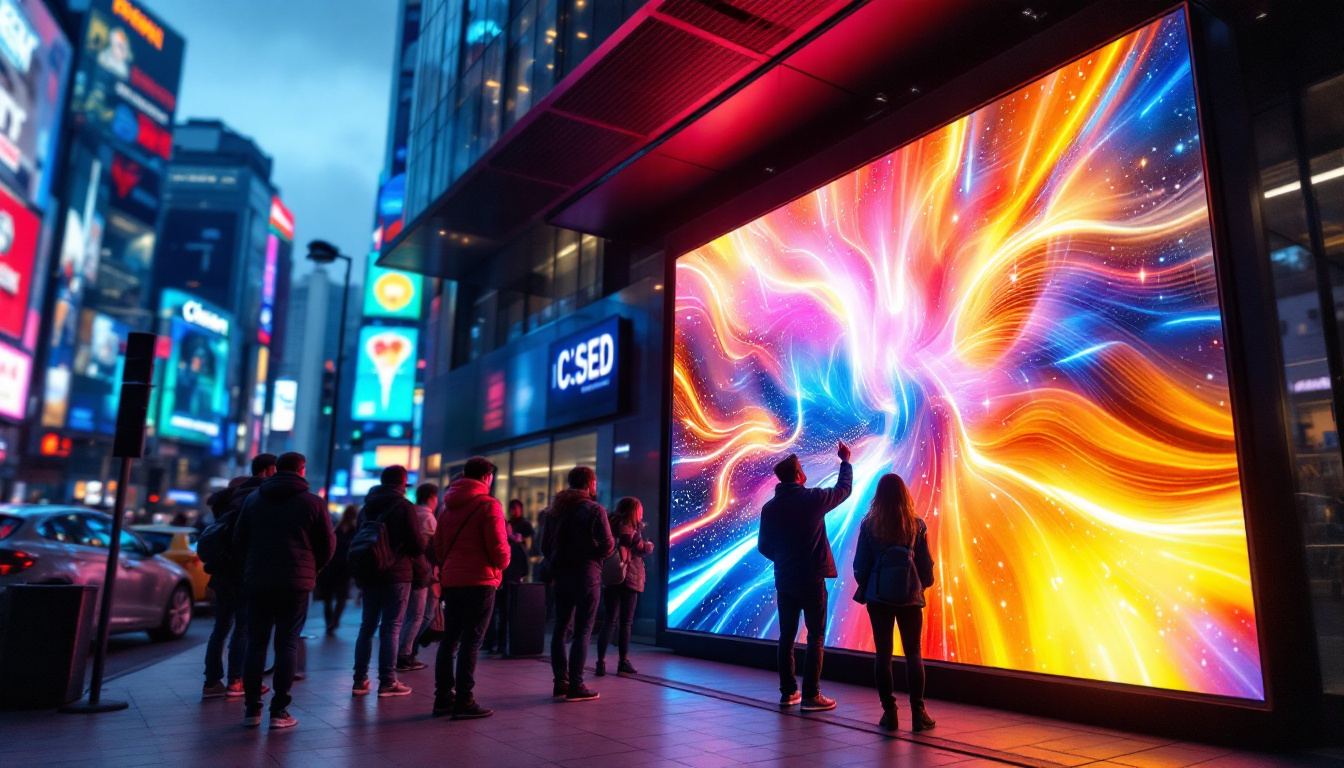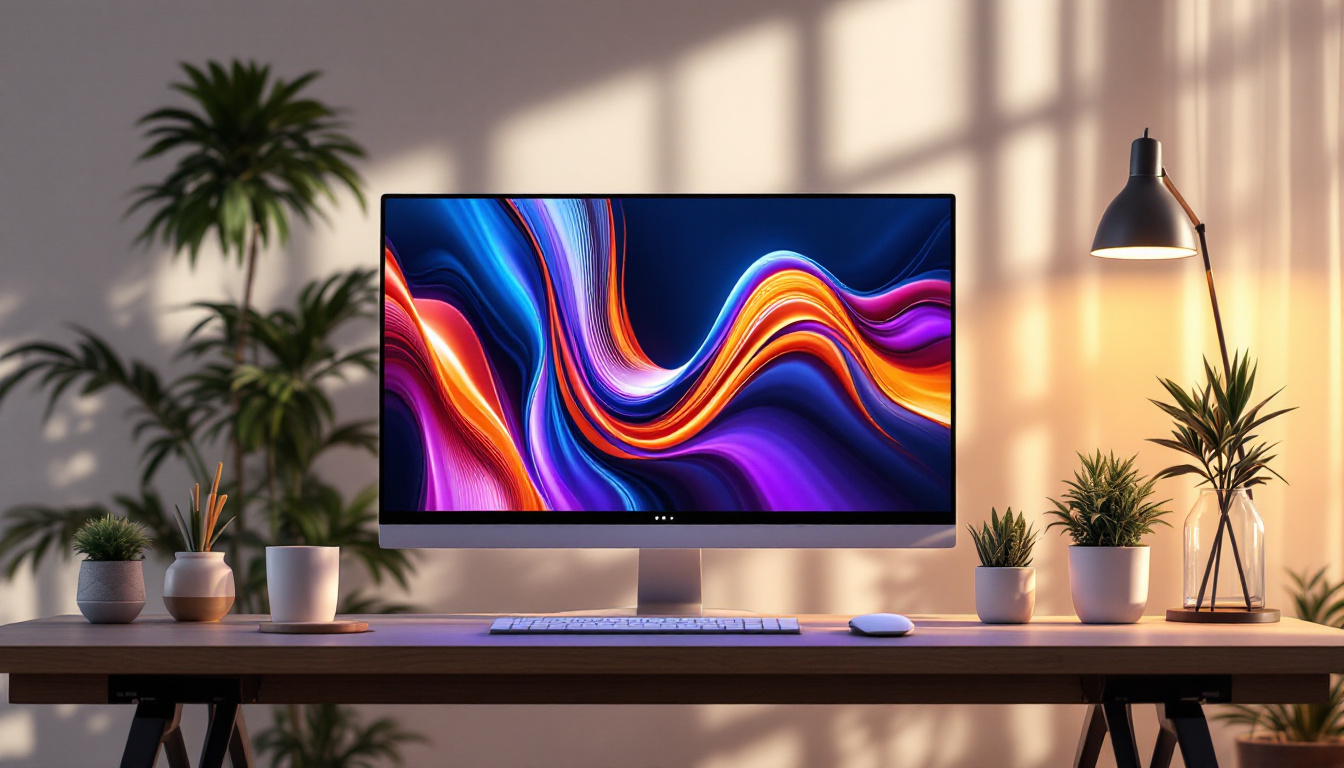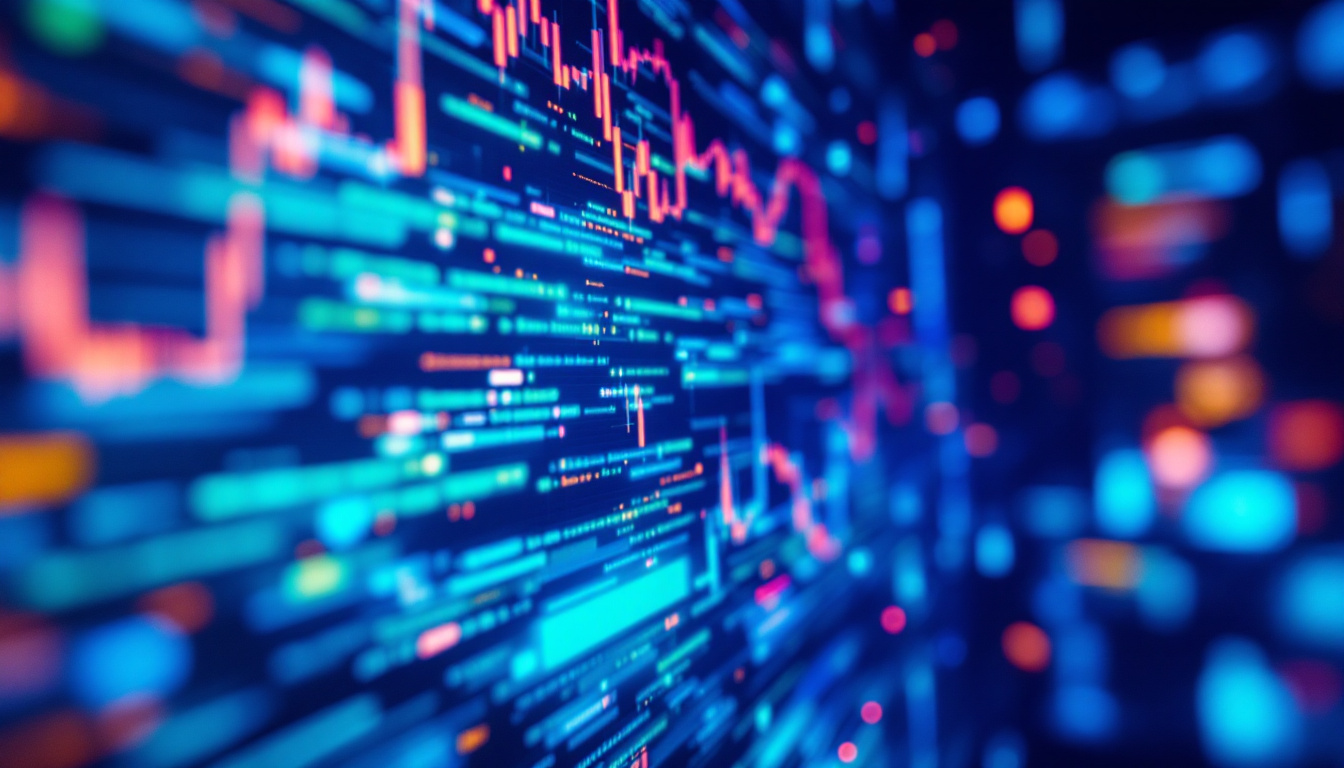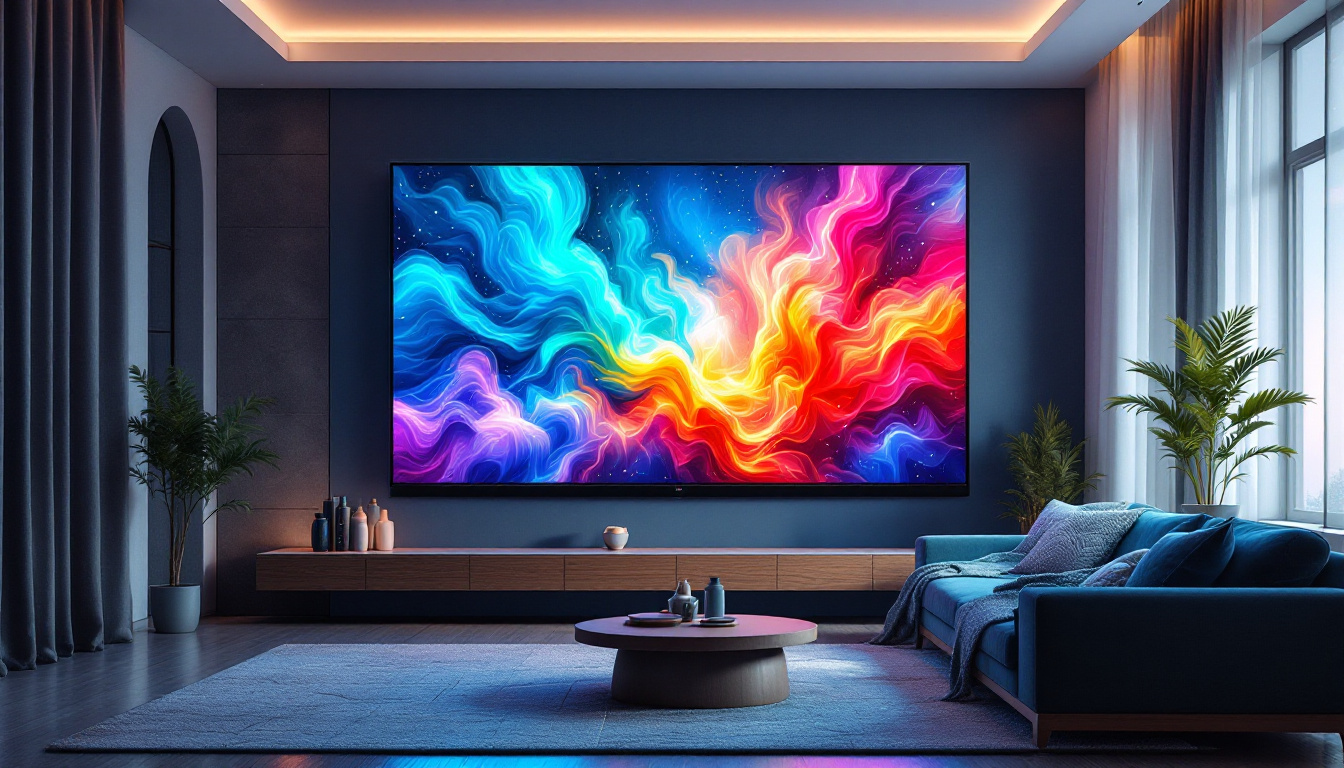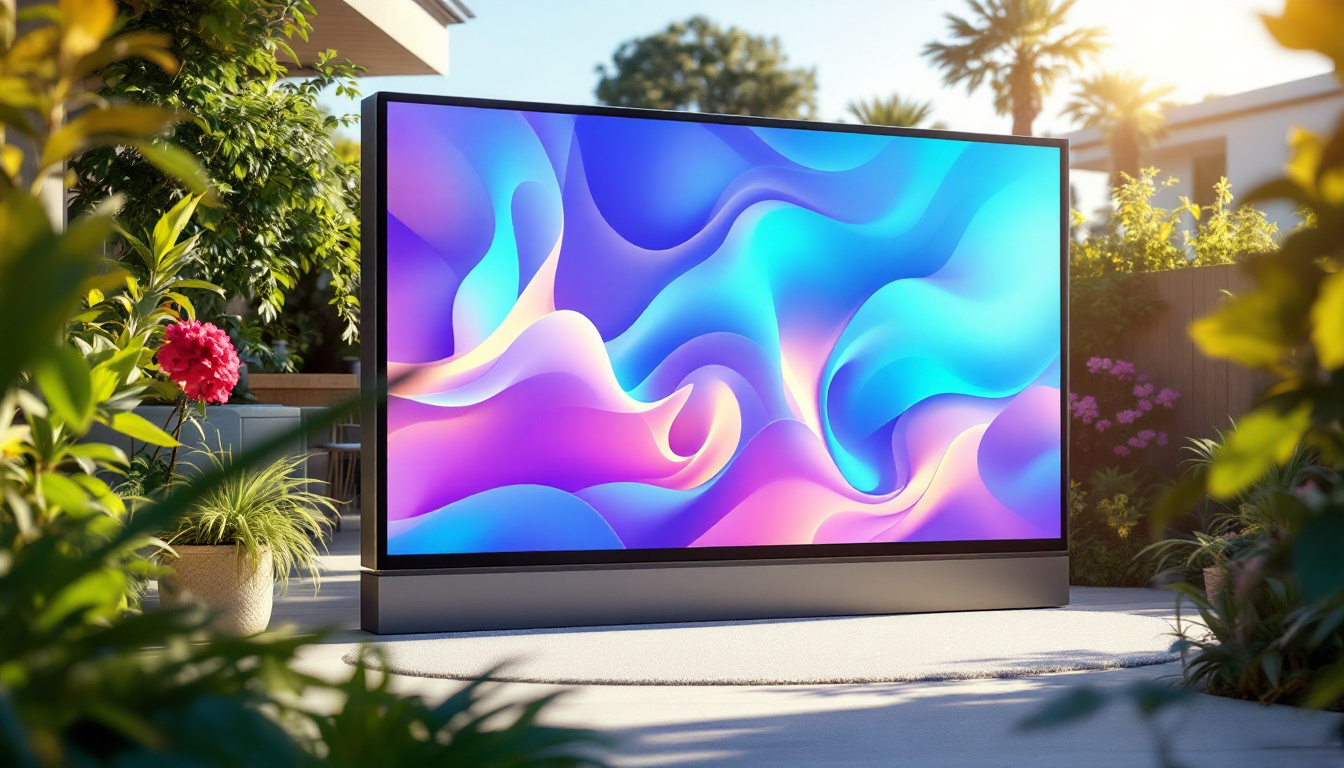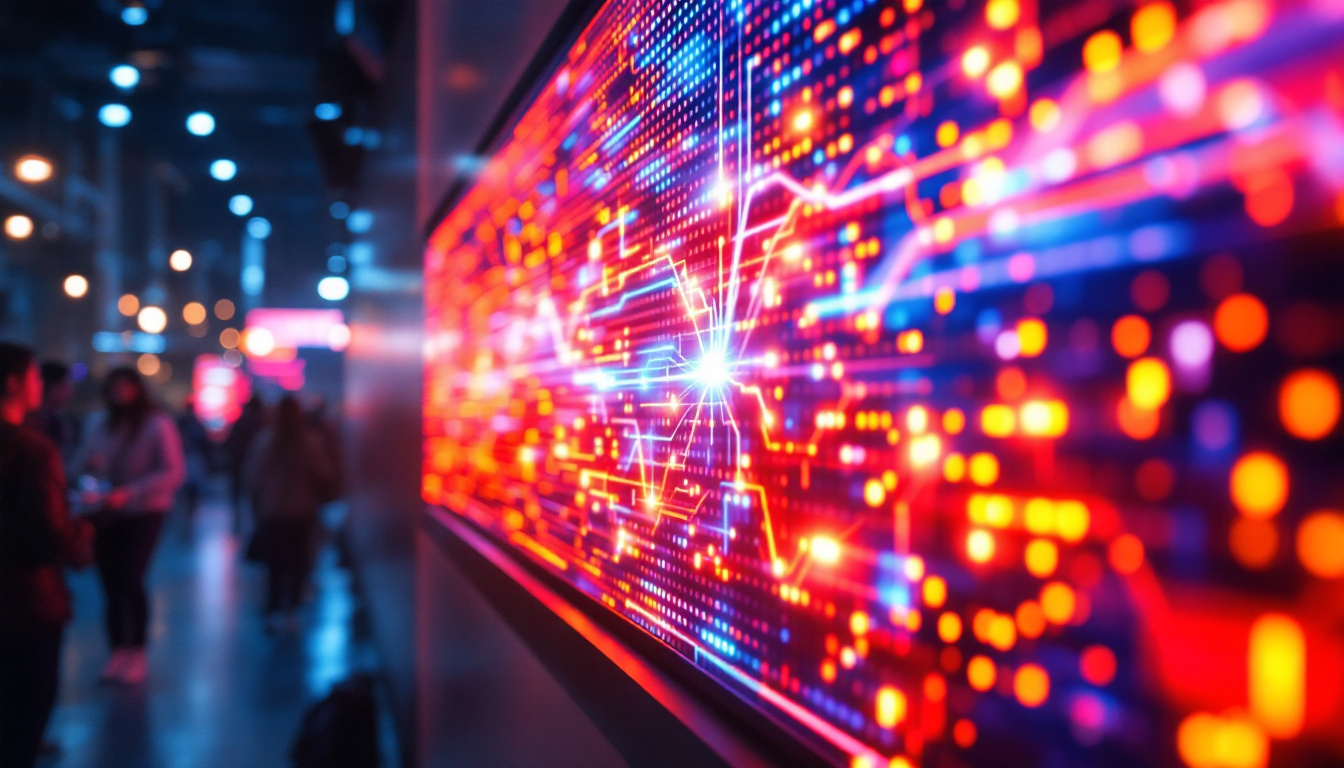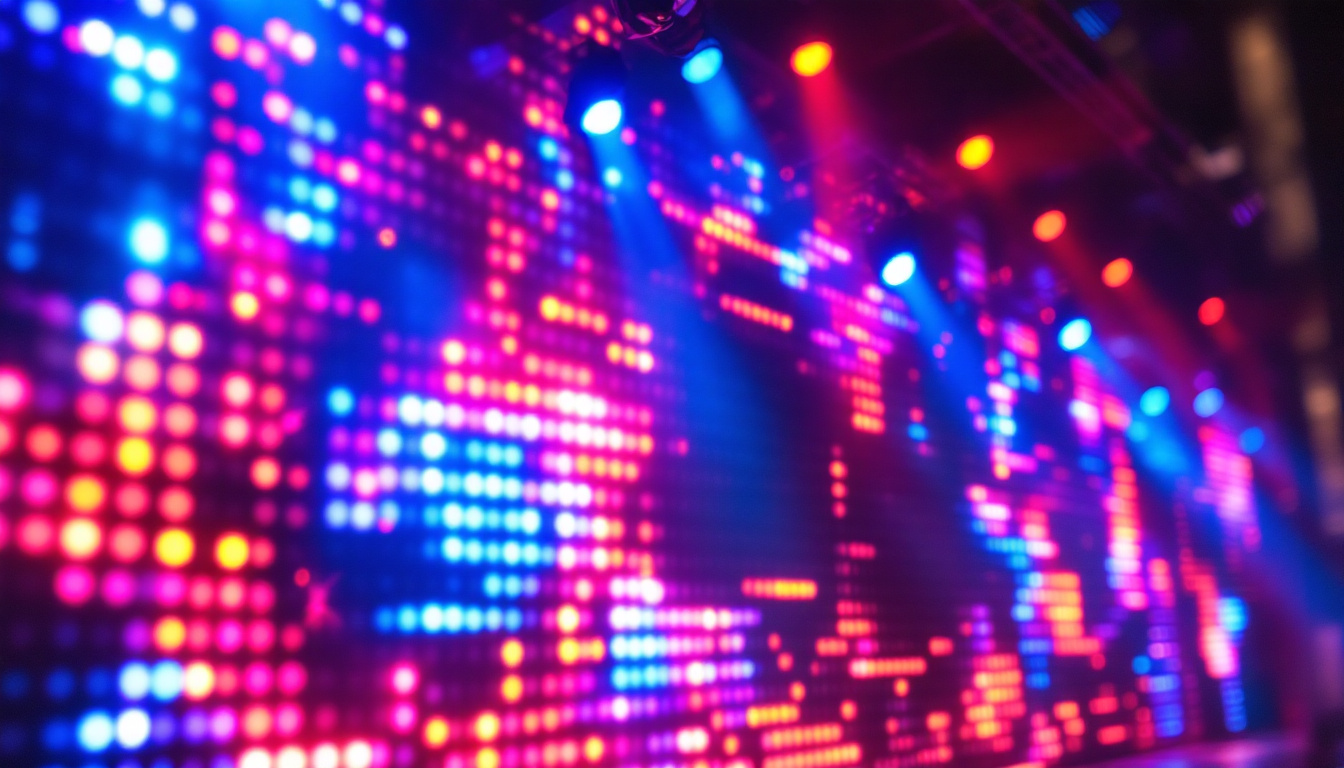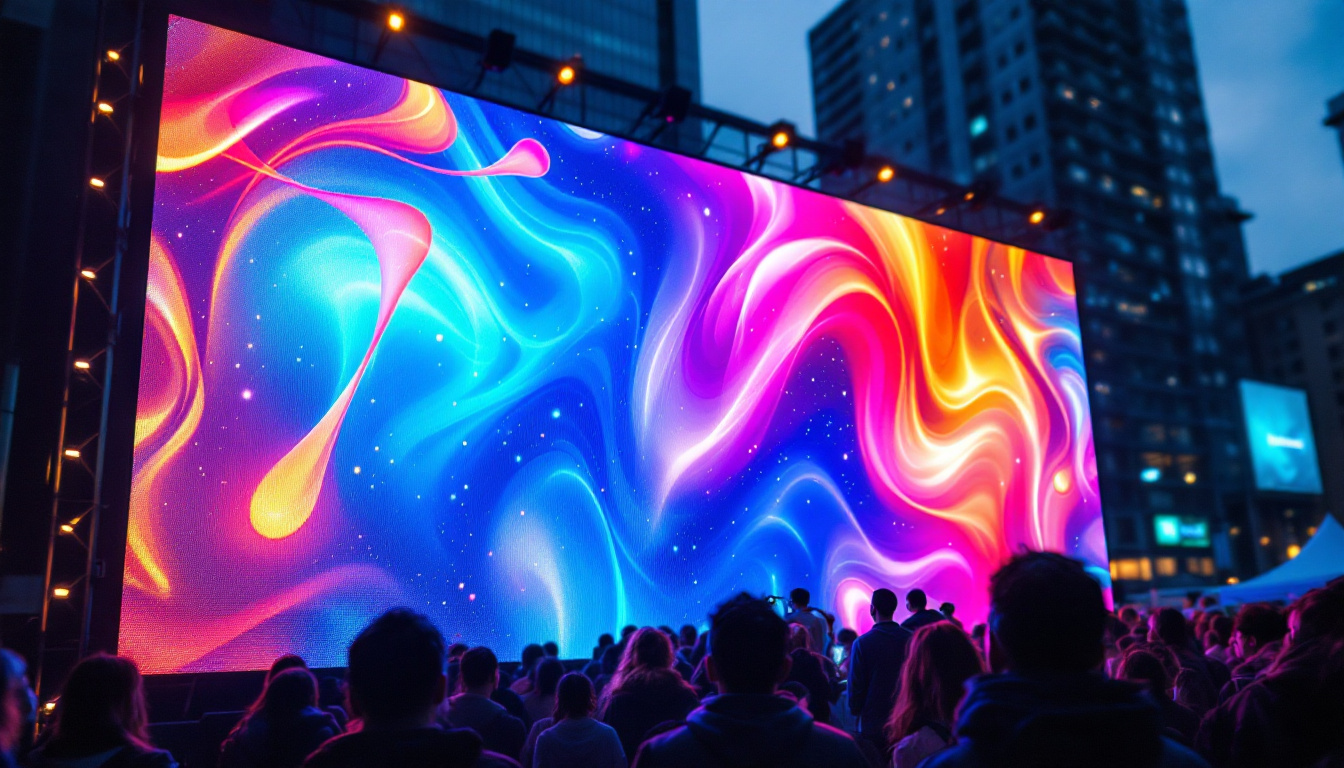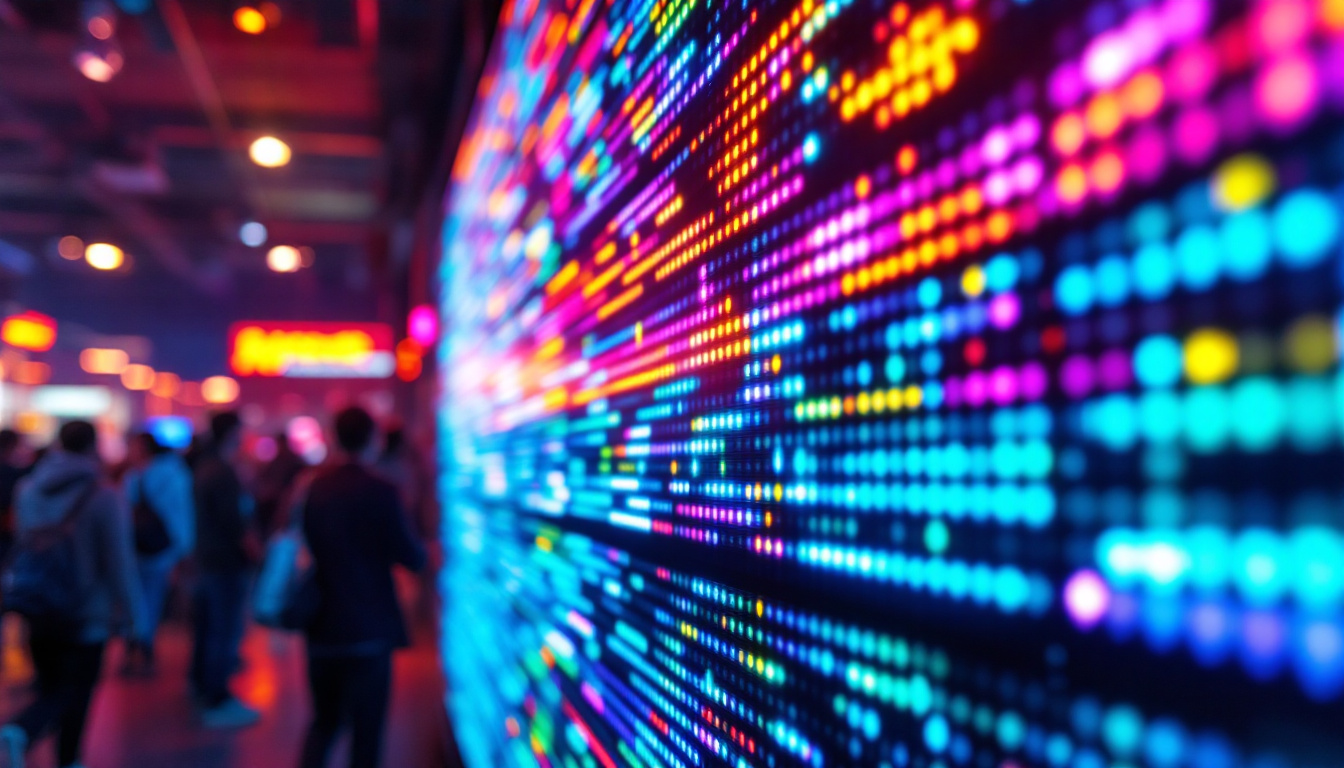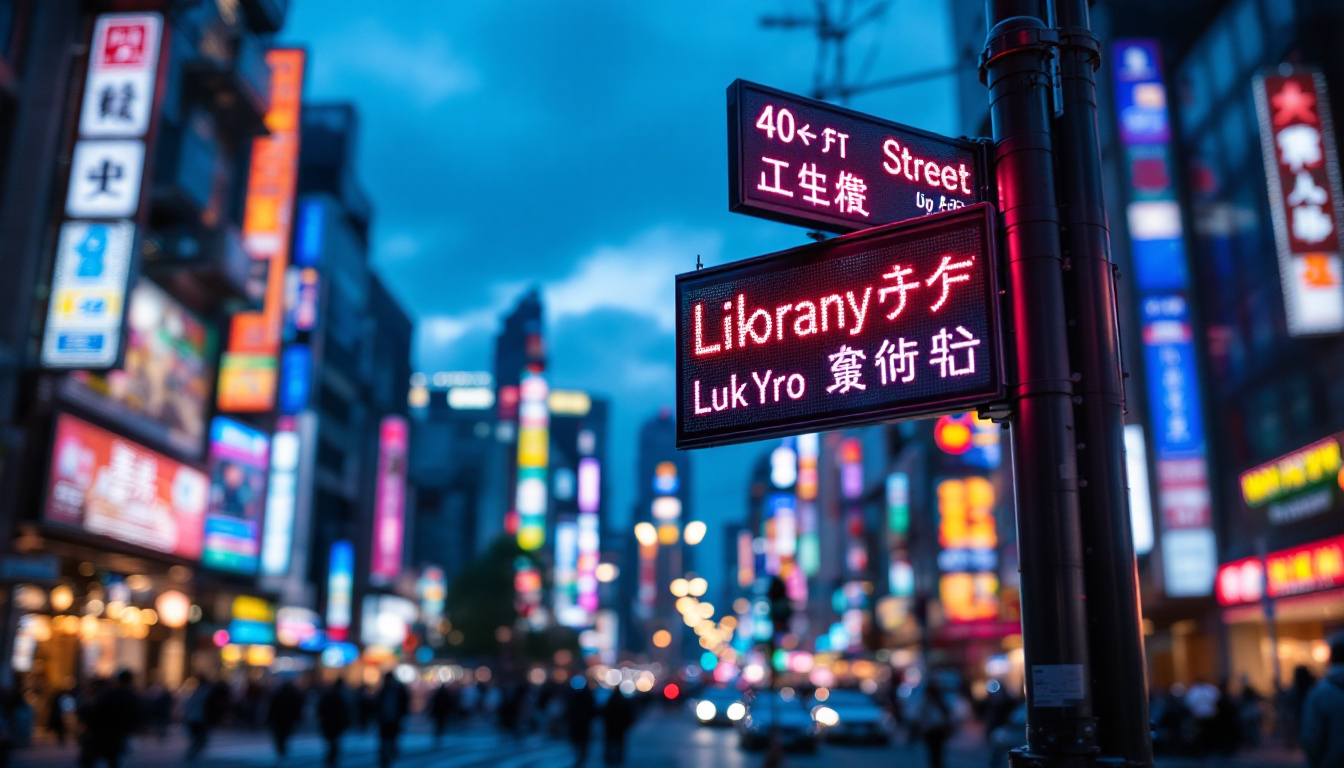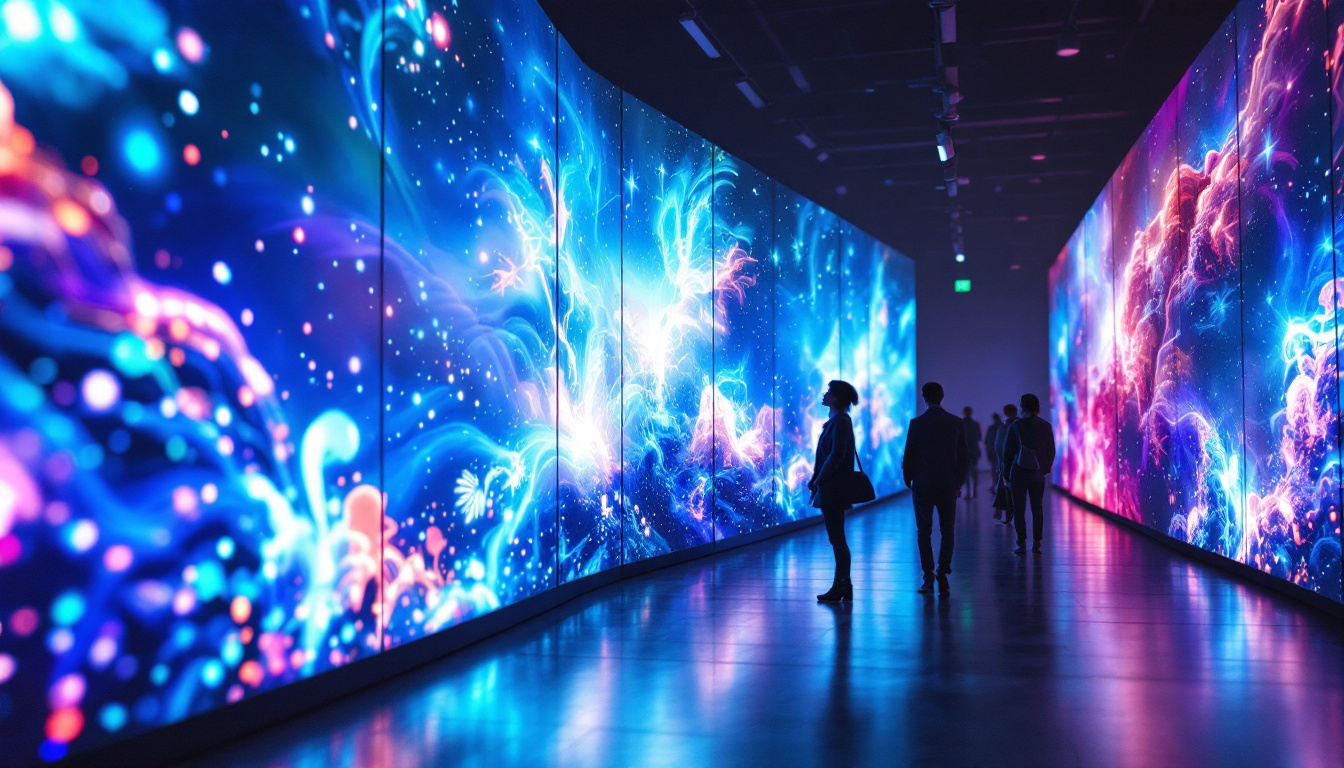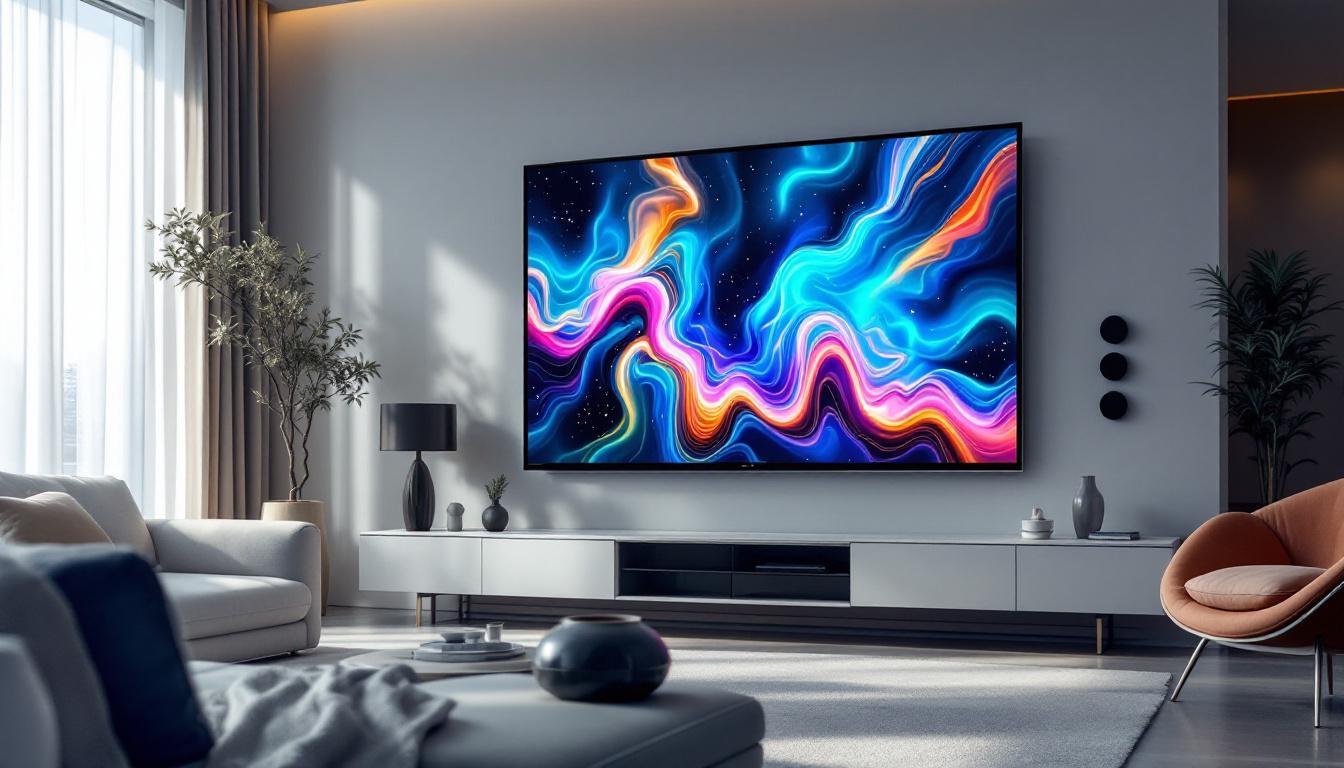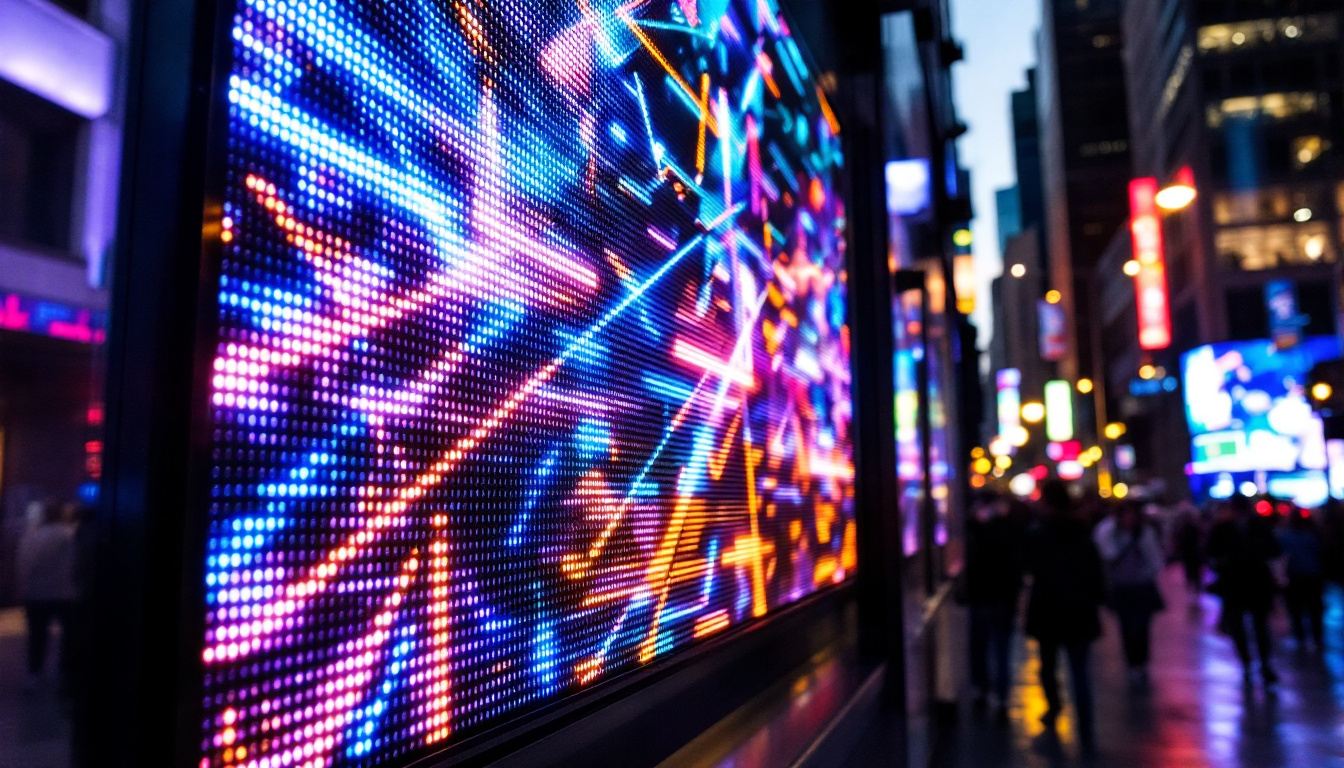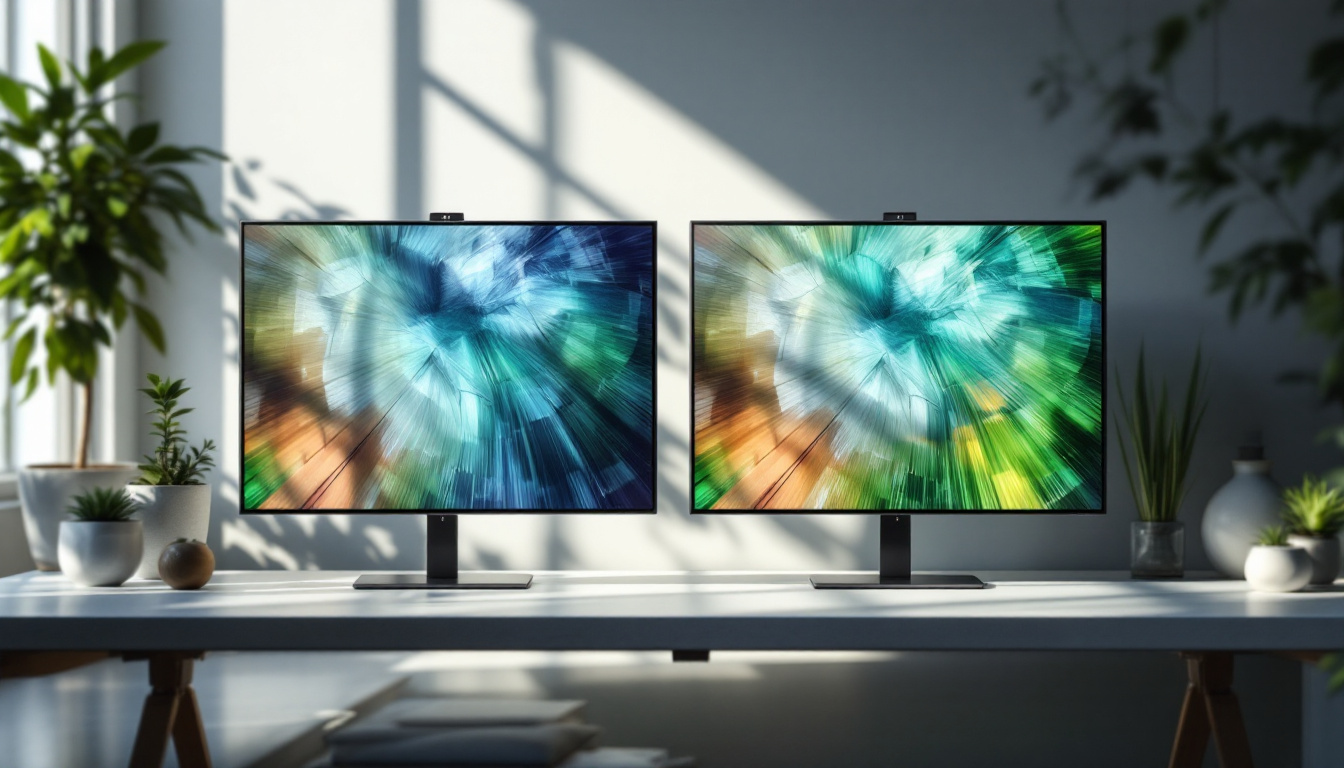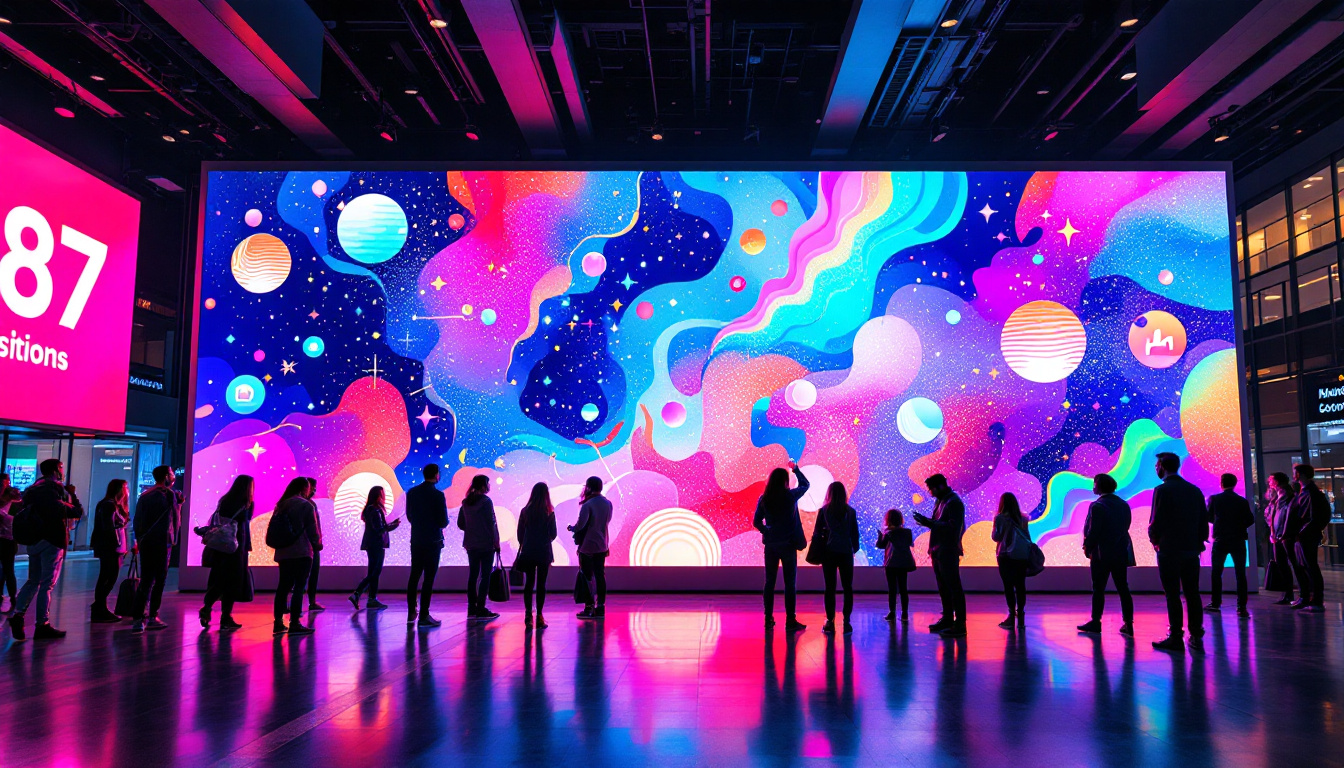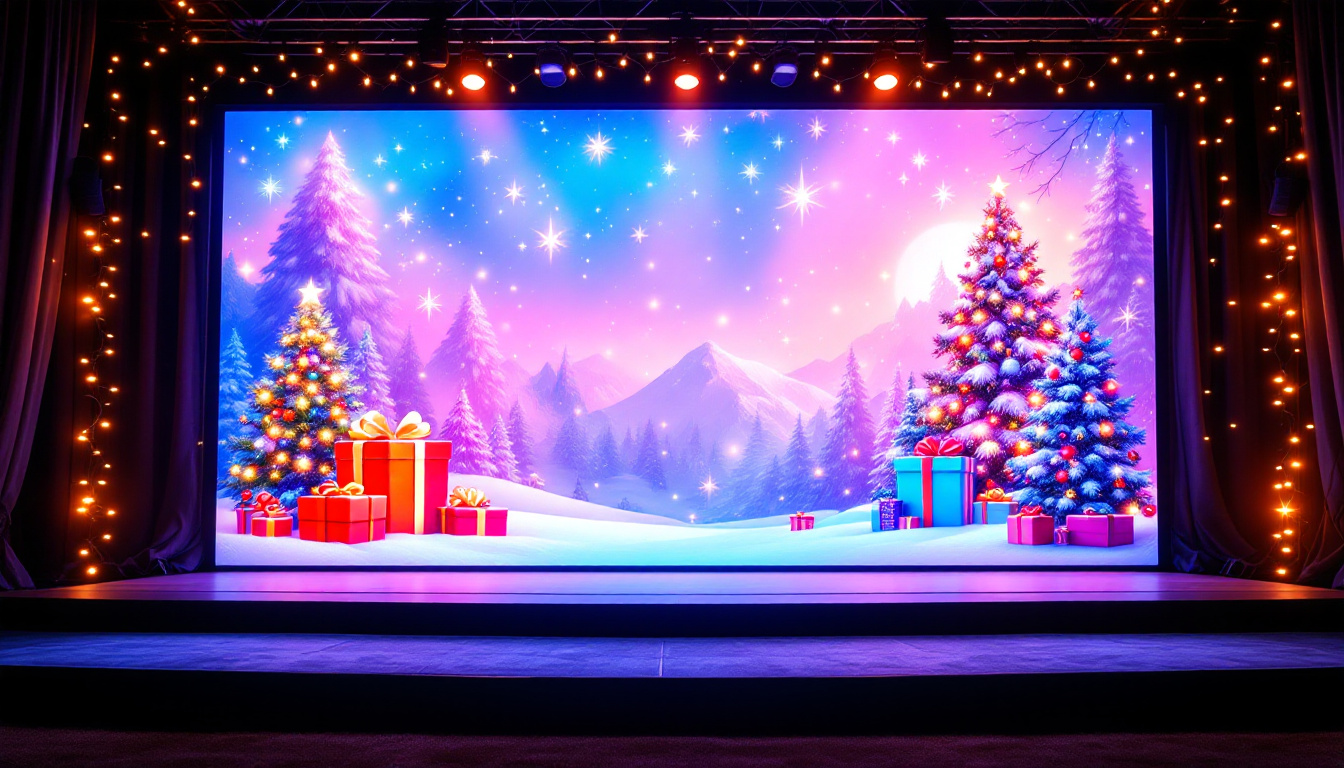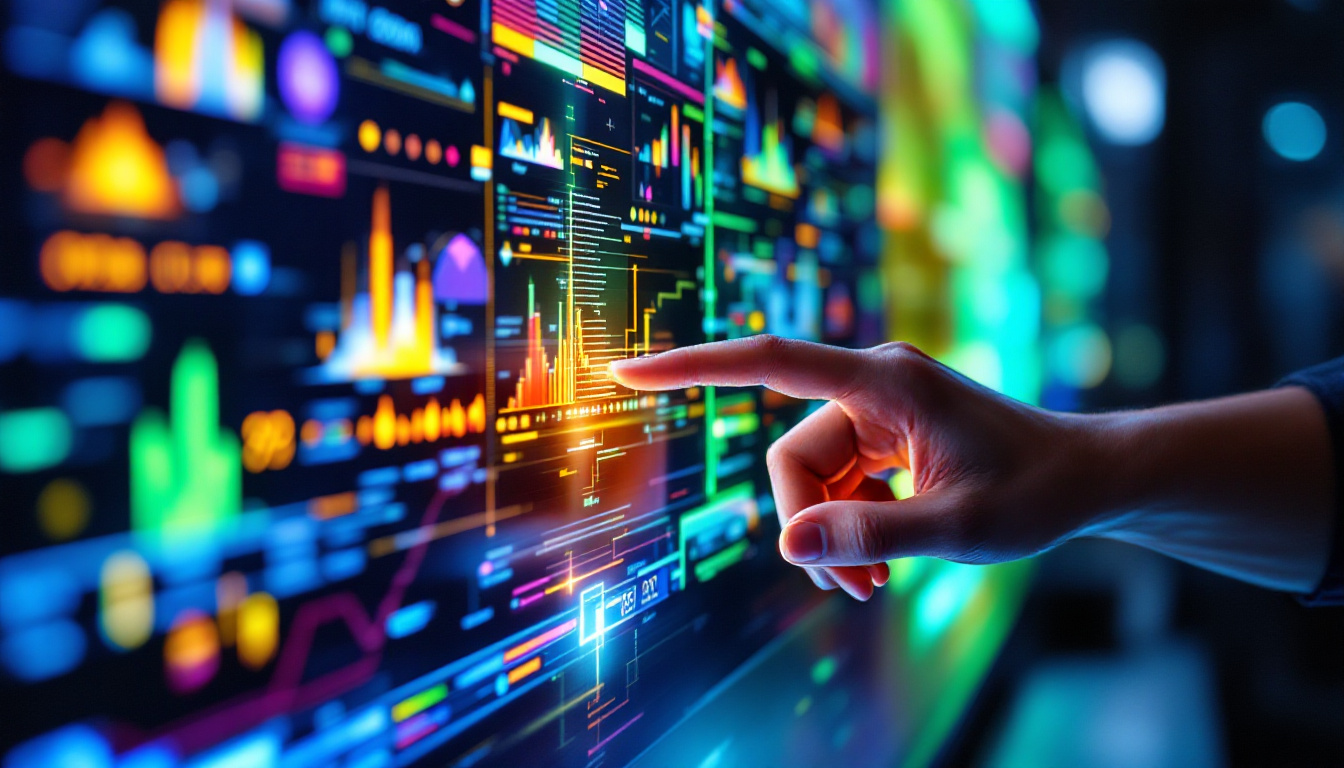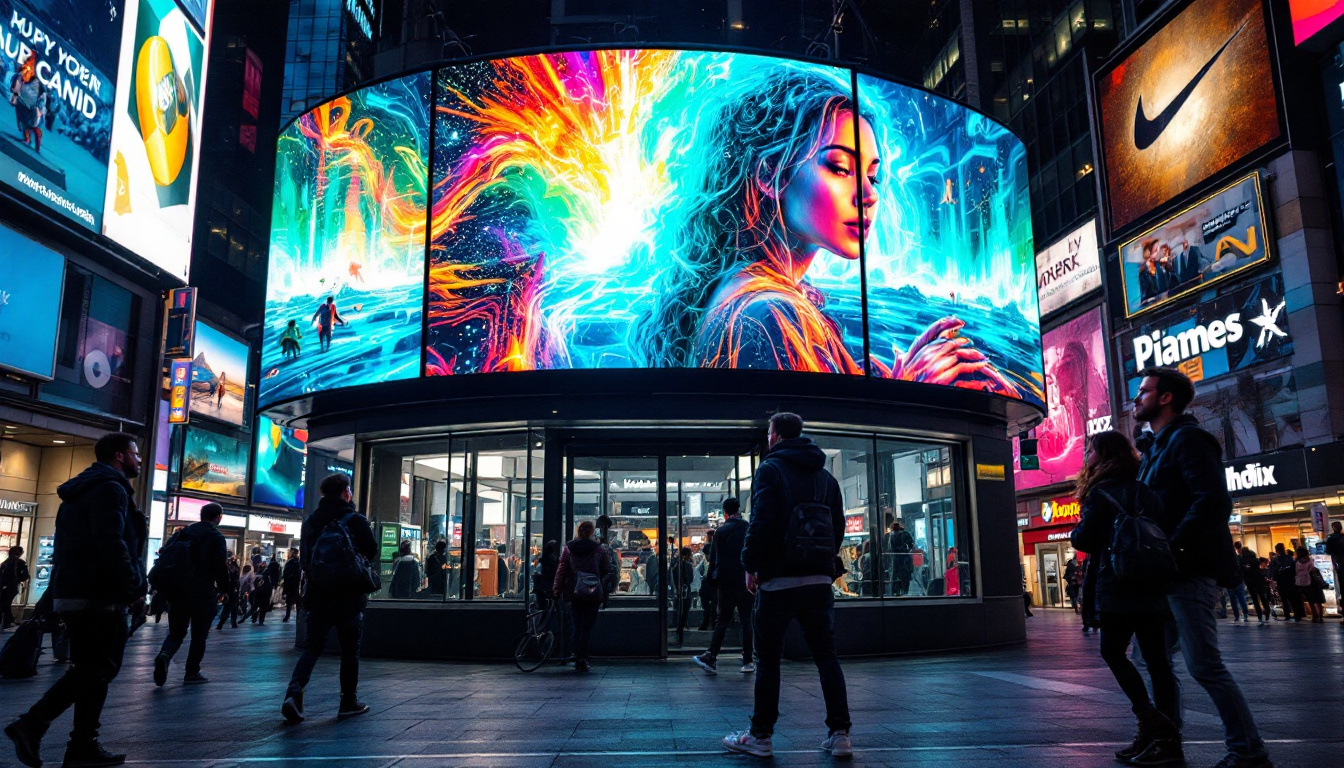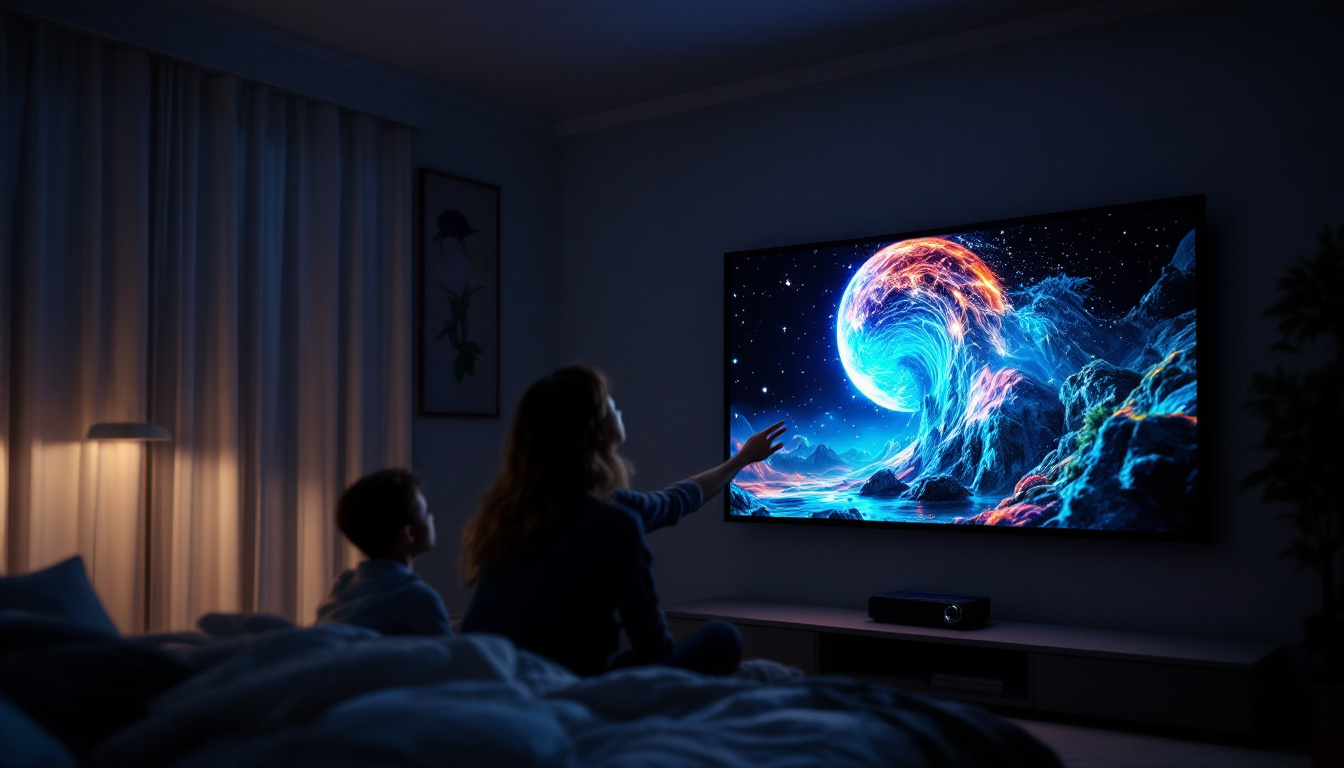In the modern age of technology, LED displays have become ubiquitous, gracing everything from smartphones to massive billboards. Their vibrant colors and energy efficiency make them a popular choice for various applications. However, like any electronic device, LED screens can encounter issues that require repair. This article delves into the intricacies of LED displays, common problems, and effective repair solutions.
Understanding LED Displays
LED stands for Light Emitting Diode, a semiconductor that emits light when an electric current passes through it. This technology has revolutionized the way visual information is presented, offering high brightness, low power consumption, and a wide color spectrum. The efficiency and longevity of LED technology have made it a preferred choice for various applications, from residential lighting to large-scale outdoor displays.
Types of LED Displays
There are several types of LED displays, each serving unique purposes. The most common types include:
- Direct View LED: These displays consist of individual LED modules that create images by directly emitting light. They are often used in advertising and large screen applications, such as sports arenas and concert venues, where visibility from a distance is crucial.
- LED-backlit LCD: This type uses LEDs to illuminate an LCD screen. It provides better contrast and color accuracy compared to traditional CCFL backlighting, making it a popular choice for televisions and computer monitors that require vibrant visuals and energy efficiency.
- Organic LED (OLED): OLED displays utilize organic compounds that emit light when electrified. They are known for their deep blacks and wide viewing angles, making them ideal for high-end televisions and smartphones. Additionally, OLED technology allows for flexible displays, opening up new possibilities for innovative designs in consumer electronics.
How LED Displays Work
LED displays function through a combination of pixels, each made up of red, green, and blue diodes (RGB). By adjusting the intensity of these diodes, a wide range of colors can be produced. The pixels are arranged in a grid, and when an image is displayed, the corresponding diodes light up to create the desired visual effect. This pixel arrangement is crucial for achieving high-definition images, as it allows for precise control over color and brightness.
The technology behind LED displays allows for quick refresh rates, making them suitable for dynamic content such as videos and animations. This responsiveness is a significant advantage over older display technologies. Furthermore, LED displays are increasingly being integrated with smart technology, enabling features like touch sensitivity and interactive capabilities, which enhance user engagement and provide a more immersive experience.
Moreover, the durability of LED displays is noteworthy; they are less prone to damage compared to traditional glass screens, making them suitable for outdoor environments where they might be exposed to harsh weather conditions. This resilience, combined with their energy efficiency, has led to a growing trend of replacing older display technologies in public spaces, such as airports and shopping malls, with LED solutions that not only save on energy costs but also provide stunning visual experiences.
Common Issues with LED Displays
Despite their advantages, LED displays are not immune to problems. Understanding these issues can help users take preventive measures and seek timely repairs.
Screen Flickering
One of the most common issues encountered with LED screens is flickering. This can be caused by several factors, including:
- Loose Connections: A loose cable or connector can disrupt the flow of electricity, leading to flickering.
- Driver Issues: The display driver may malfunction or require updates, causing inconsistent performance.
- Power Supply Problems: An inadequate or failing power supply can lead to fluctuations in brightness and flickering.
Dead Pixels
Dead pixels are another frequent issue that can mar the viewing experience. These are pixels that do not light up at all, resulting in a permanent black spot on the screen. Causes of dead pixels include:
- Manufacturing Defects: Sometimes, pixels fail during the manufacturing process and never function correctly.
- Physical Damage: Impact or pressure on the screen can cause pixels to become unresponsive.
- Age: Over time, the components of an LED display can degrade, leading to dead pixels.
Color Distortion
Color distortion can manifest as incorrect color representation or uneven brightness across the screen. This issue can stem from various factors, including:
- Calibration Issues: If the display is not properly calibrated, colors may appear washed out or overly saturated.
- Hardware Malfunctions: Faulty components within the display can lead to color inaccuracies.
- Signal Problems: Issues with the input signal can also affect color output, leading to distortion.
Repairing LED Displays
When faced with issues such as flickering, dead pixels, or color distortion, it is essential to determine the best course of action for repair. Depending on the severity of the problem, users may choose to troubleshoot minor issues or seek professional assistance for more significant repairs.
DIY Troubleshooting
For minor problems, users can attempt some basic troubleshooting steps before seeking professional help. Here are a few effective methods:
- Check Connections: Ensure that all cables and connectors are securely attached. A loose connection can often be the source of flickering or display issues.
- Update Drivers: Keeping display drivers up to date can resolve many performance issues, including flickering and color distortion.
- Adjust Settings: Access the display settings to calibrate colors and brightness. This can often rectify color distortion problems.
When to Seek Professional Help
While DIY troubleshooting can resolve minor issues, some problems may require professional intervention. Consider seeking help when:
- Multiple Dead Pixels: If several pixels are dead or malfunctioning, it may be more cost-effective to replace the display.
- Internal Damage: If there is visible physical damage or signs of internal failure, professional repair is recommended to prevent further issues.
- Warranty Coverage: If the display is still under warranty, it is advisable to contact the manufacturer for repair or replacement options.
Professional Repair Services
For those who opt for professional repair services, it is essential to choose a reputable provider. Factors to consider include:
- Experience: Look for technicians with experience in LED display repair. Knowledge of specific brands and models can also be beneficial.
- Warranty on Repairs: A good repair service should offer a warranty on their work, providing peace of mind for customers.
- Customer Reviews: Research customer feedback to gauge the reliability and quality of the repair service.
Preventive Measures for LED Displays
Taking proactive steps can significantly extend the lifespan of LED displays and minimize the likelihood of encountering issues. Here are some effective preventive measures:
Proper Handling and Installation
When installing or moving an LED display, it is crucial to handle it with care. Avoid applying pressure to the screen, as this can lead to dead pixels or other damage. Additionally, ensure that the display is mounted securely to prevent falls or impacts.
Regular Maintenance
Regular maintenance can help identify potential issues before they escalate. This includes:
- Cleaning: Dust and debris can accumulate on the screen and affect performance. Use a soft microfiber cloth to clean the surface regularly.
- Calibration: Periodically calibrate the display settings to ensure optimal color accuracy and performance.
- Software Updates: Keep the display’s firmware and drivers up to date to benefit from the latest improvements and fixes.
Environmental Considerations
LED displays are sensitive to environmental factors. To protect the display:
- Avoid Extreme Temperatures: Keep the display away from direct sunlight and extreme heat sources, which can cause overheating and damage.
- Humidity Control: Excessive humidity can lead to internal corrosion. Maintain a stable environment to protect the display.
- Ventilation: Ensure proper ventilation around the display to prevent overheating.
The Future of LED Display Technology
As technology continues to evolve, the future of LED displays looks promising. Innovations are being made to enhance performance, reduce energy consumption, and improve durability.
Advancements in Technology
Recent advancements in LED technology include:
- MicroLED: This emerging technology promises even higher brightness and contrast ratios, making displays more vibrant and energy-efficient.
- Flexible Displays: Flexible LED displays are becoming more common, allowing for creative installations and applications in various settings.
- Improved Lifespan: Ongoing research aims to extend the lifespan of LED components, reducing the frequency of repairs and replacements.
Integration with Smart Technology
LED displays are increasingly being integrated with smart technology, allowing for enhanced interactivity and connectivity. Features such as:
- Smart Controls: Users can control and customize their displays remotely, adjusting settings and content with ease.
- Data Integration: Displays can pull in real-time data for dynamic content, making them ideal for advertising and information dissemination.
- Augmented Reality: The integration of AR with LED displays opens up new possibilities for immersive experiences.
Conclusion
LED displays have transformed the way information is presented, offering vibrant visuals and energy efficiency. Understanding the technology behind LED displays, common issues, and effective repair solutions is essential for maintaining optimal performance. By taking preventive measures and seeking professional help when necessary, users can enjoy the benefits of LED technology for years to come. As advancements continue to shape the future of LED displays, the possibilities for innovation and application are boundless.
Explore Cutting-Edge LED Solutions with LumenMatrix
Ready to elevate your visual experience with the latest in LED technology? LumenMatrix is at the forefront of LED display innovation, offering a wide array of solutions tailored to meet your needs. From Indoor and Outdoor LED Wall Displays to dynamic Vehicle and Sports Displays, our products are designed to captivate and engage. Discover the transformative power of LED Poster Displays, Floor Displays, Custom Solutions, All-in-One Systems, and Transparent Displays. Embrace the future of visual communication with LumenMatrix and let your brand shine. Check out LumenMatrix LED Display Solutions today and see the difference for yourself.

